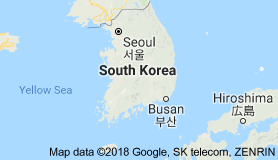First Line: “In early 1980, South Korea was a heap of dry tinder waiting for a spark”
Park Chung-hee had ruled since 1961 but he was assassinated by the director of his own security services. Another army general, Chun Doo-hawn, stepped in and brought martial law that closed universities, banned political activities and further curtailed the press. Riots and protests followed.
During the Gwangiu violent student uprising Dong-ho goes to search for a friend. He then volunteers, much to his family’s concern, to help a team that was entrusted to guard and care for the bodies of the demonstrators who were killed. His job is keeping a ledger, creating a number for each corpse, and helping the bodies be prepared for coffins.
Dong-ho’s own ultimate death becomes the connection to the rest of the characters, and their stories make up 6 of the 7 chapters of the book.
These chapters cover from 1980 to 2013. The author, Han Kang, brings us a unique understanding the terrible torture, the survivors, the suffering of families broken, and even the feelings and thoughts of spirits who look back after their death. In one chapter we travel with a body to a holding area where it is laid on other bodies in a pile. Even as they are burned, the spirit of the body is telling us of thoughts and feelings, and it appears he is really alive.
Hans own story is told in the last chapter. She was nine years old at the time of the Gwangiu Uprising, but her writing captures it as if she was right there and she talks us there as well.






